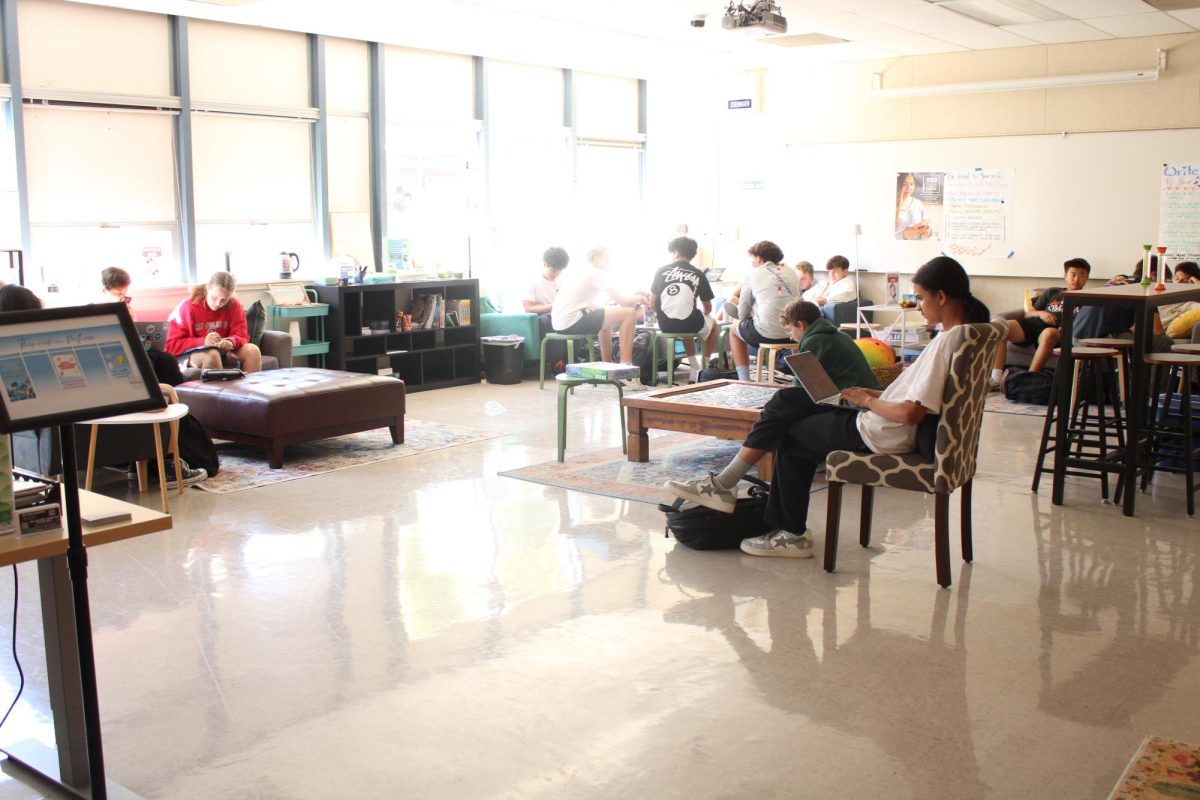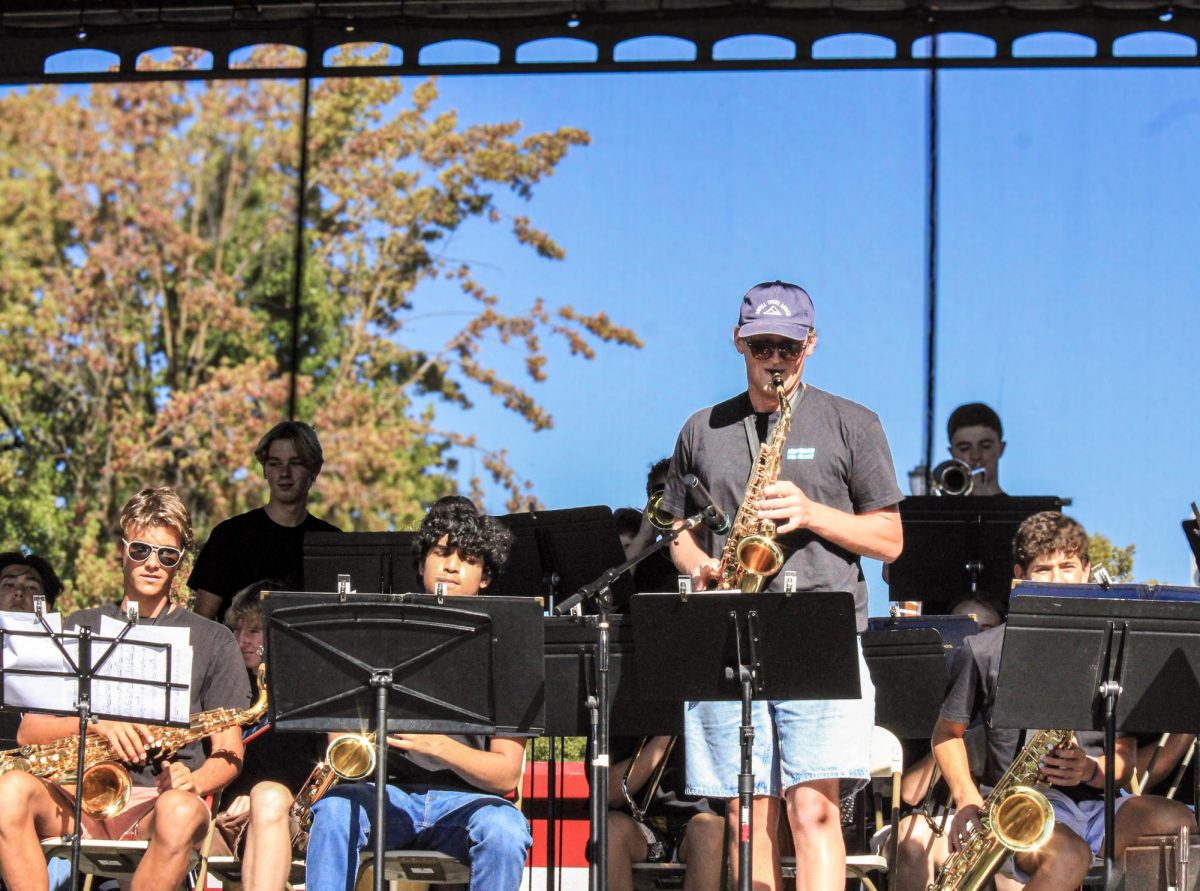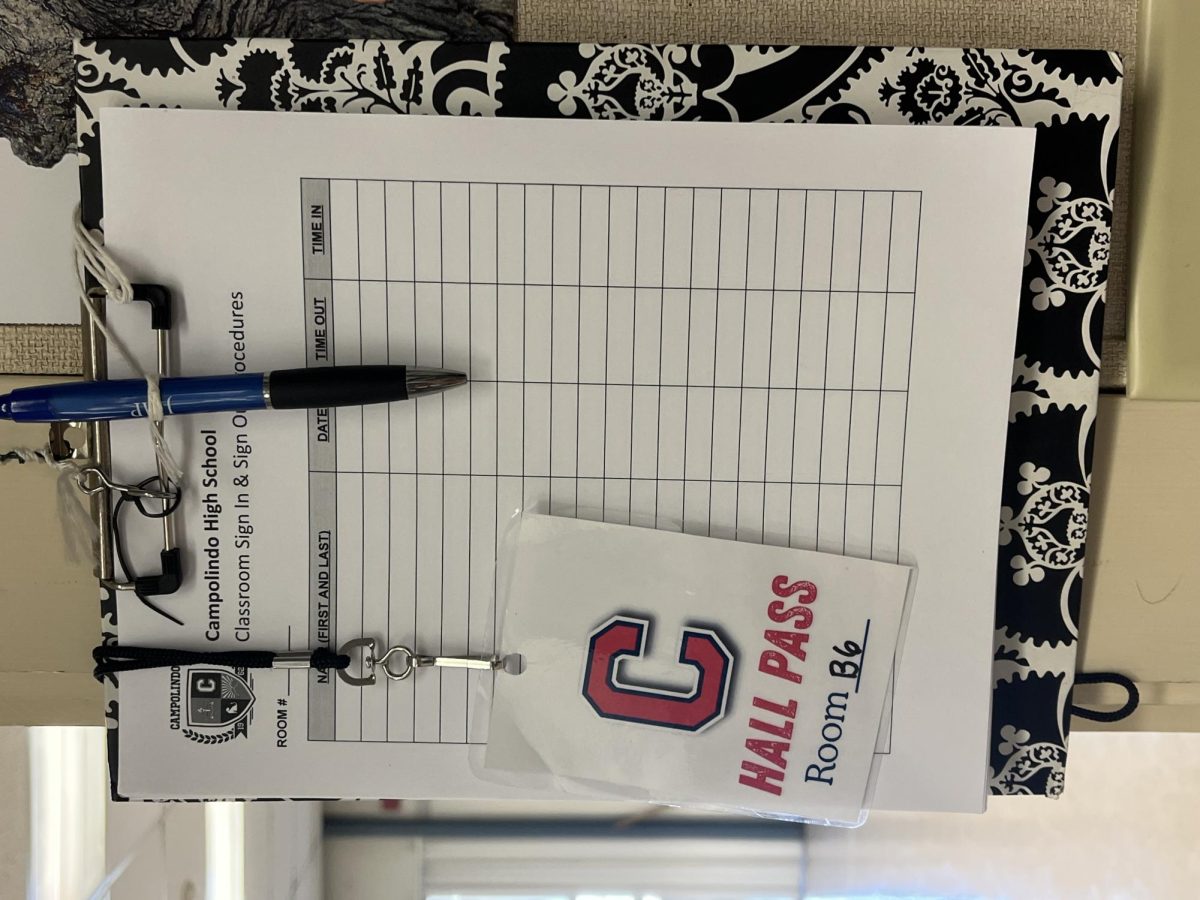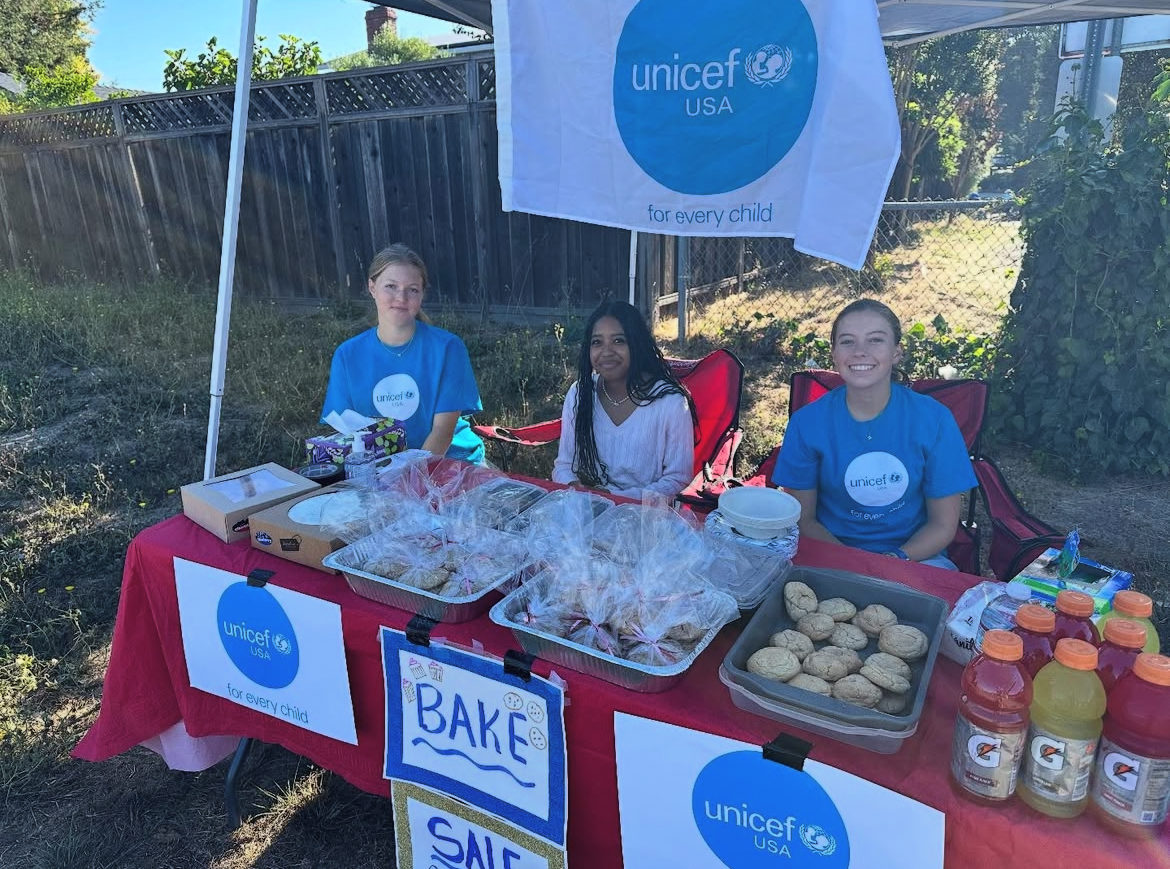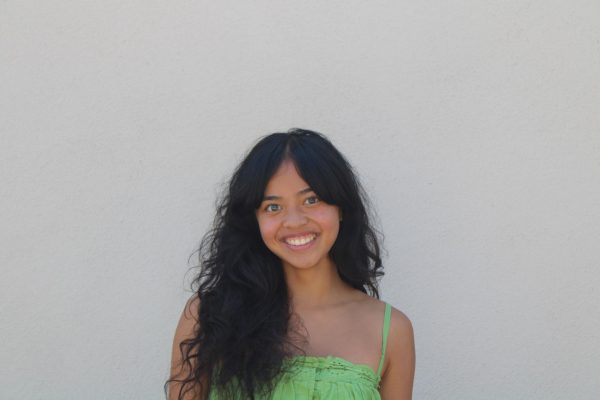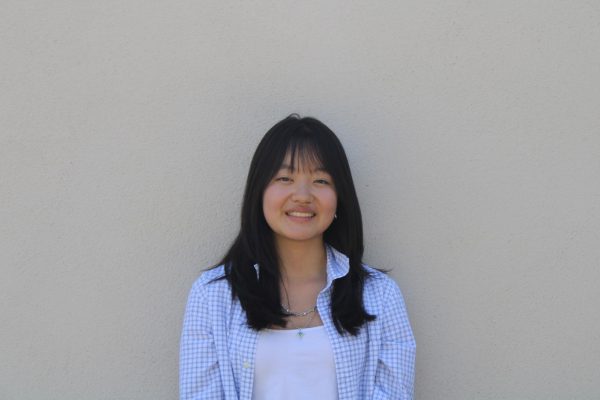On Wednesday, September 13, more than 120 clubs filled booths for Club Day in the quad for the 2023-2024 school year. Of those clubs, several new diversity clubs have been established. Despite there being general nationality clubs such as BSU and ACAC, a rise in new specific ethnic clubs have been created for Campo’s student participation: such as Taiwan Culture Club, Native American Culture Club and Japanese Cultural Club.
“It’s a club where I want to diversify the Campolindo community on cultures and communities beyond [what students know about] the major economical powers,” said freshman and Taiwanese Culture Club President Angele Tseng. “I wanted to put focus on a country that I hold dear and a place that I can spread word and have knowledge about.”
Older club’s presidents agreed on these views adamantly. “I thought that it was pretty cool how there were a lot of other clubs out there that diversify the school, like how there are different groups, and even if you’re not a part of that group you can learn more about joining that club,” said the current South Asian Student Union Club president senior Siddharth Iyer.
The South Asian Club was founded last year by alumni Mira Shah due to her feeling like she did not belong in Asian Culture Appreciation Club (ACAC.) In an older interview about the club, she acknowledged that everyone was welcome in ACAC, however, Shah also said, “I always wanted a club where Indian or South Asian students in general could have a place.” Other ethnic clubs have begun to follow the same sentiment as the South Asian club.
The ongoing theme running through Campo’s diversity clubs mainly focuses on the representation of particular cultures. Leadership’s Diversity Equity Inclusion Board Organization has put down multiple goals this year that all correspond with wanting to have these cultures maintained with a solid presence on campus.
Ms. Webb-Peploe, who has been Leadership’s facilitator for eight years now, is thrilled by the presence of so many affinity clubs at Campo this year. “I think students want to see their backgrounds represented and the fact that there are more of them is really positive,” she said.
With the rise of separate racial backgrounds, there have also been many opportunities for students to explore different cultures and establish their places within affinity clubs. Webb-Peploe also encourages the idea that many people can join these clubs, regardless of their ethnic background: “Sometimes students who are not from those affinity spaces don’t always know where they can participate,” she said. “What I have really benefited from personally is that all of those people have invited me into those experiences.”
The clubs plan to activate the community in a variety of ways. “I’m going to have some presentations and hands-on art projects. We might invite some speakers to talk about their experiences as well,” Tseng said when asked about what she would do in her club. The Japanese Cultural Club also plans on introducing Japanese culture to the students and faculty with active talks on language, food, and art.
Overall, the future of these new ethnic clubs is going in a positive direction. “People really want spaces where they [can connect with] all different aspects of their identity- some of those are affinity spaces,” added Webb-Peploe. “I see it as students feeling safe enough to make those spaces at Campo.”

